During treatment, abstain from sexual activity and avoid spicy and irritating foods.
1. General treatment: Active treatment can eliminate susceptibility factors. Keep the external genitalia clean and dry, avoid scratching. Sexual activity should be avoided during the treatment period. Spicy and irritating foods should be avoided.
2. Change vaginal pH: The most suitable pH value for Candida growth is 5.5. Therefore, rinsing the external genitalia and vagina with alkaline solution can change the acidity of the vagina, which can inhibit the growth and reproduction of yeast. Use a 2% to 4% solution of baking soda to flush the vagina 1 to 2 times a day for 2 weeks per course of treatment. After rinsing, dry the external genitalia to keep it dry and inhibit the growth of Candida.
3. Vaginal medication: Use some medications for treatment.
Dietotherapy for the treatment of vaginitis:
1. Eat yogurt containing rich active acidophilus bacteria, such as yogurt with bifidobacterium and soy oligosaccharides, which can promote the growth and reproduction of beneficial bacteria in the body and inhibit the survival of harmful bacteria.
2. Use cinnamon and garlic juice: Using these two foods as seasonings can fight infection and kill Candida albicans that cause urinary tract infections.
3. Eat foods with complex carbohydrates: Whole grains, whole wheat, brown rice, and vegetables are digested slowly and do not promote the growth of yeast.
4. Antioxidants are never too late. Eat foods rich in antioxidants to enhance immunity and anti-infection, such as vitamin A, vitamin C, vitamin E, and trace elements zinc, iron, magnesium, copper, and selenium, which are antioxidants; some foods such as grapes, bell peppers, bitter gourd, tomatoes, mustard, and cauliflower, as well as herbs such as turmeric and ginkgo biloba, contain flavonoids, lycopene, polyphenols, and anthocyanins, which have strong antioxidant effects.
However, try to avoid foods rich in monosaccharides. Candida albicans reproduces by monosaccharides, so avoid foods rich in monosaccharides and high-yeast foods such as alcoholic beverages, sucrose, molasses, beets, peanuts, cheese, dried fruits, potatoes, corn, sweet potatoes, and other high-sugar foods.
Traditional Chinese medicine treatment for vaginitis:
1. Internal medicine: Nourishing Yin and Kidney, clearing heat and stopping abnormal discharge. The prescription uses Zhibai Dihuang Wan with modifications. Use 12g of cooked Rehmannia, 12g of dogwood flesh, 15g of Chinese yam, 12g of ze xie, 15g of white chun root bark, 20g of dandelion, 15g of drought lotus herb, decocted twice with water, and taken in the morning and evening. 1 dose per day.
Modification: For Yin deficiency and excessive fire, change cooked Rehmannia to raw Rehmannia, and add 15g of Lu Han Cao for frequent and painful urination; for foul-smelling vaginal discharge, add 6g of gentian herb and 12g of powdered rhizoma bletillae; for itching affecting sleep, add 10g of sour jujube seed and 10g of nightshade; for Trichomonas vaginitis, add 10g of herbs bai bu and 10g of sophora flavescens; for fungal vaginitis, add 10g of Scutellaria baicalensis and 30g of polygonum cuspidatum.
2. External treatment: 30g of sophora flavescens, 20g of cnidium fruit, 10g of aconite, 10g of realgar, and 15g of gentian herb. Crush the herbs, wrap them in gauze, boil them in half a basin of water for half an hour, remove the residue and take the juice, fumigate and wash while still hot, about 20 minutes, fumigate and wash once before bed every night. It can be effective with 2 to 7 treatments for early-stage patients and 7 to 15 treatments for patients with long duration.
- Home /
- Women's Health /
- Adolescence /
- Contents
Managing Vaginitis: Treatment Strategies and Dietary Considerations
Everyone Is Watching
-
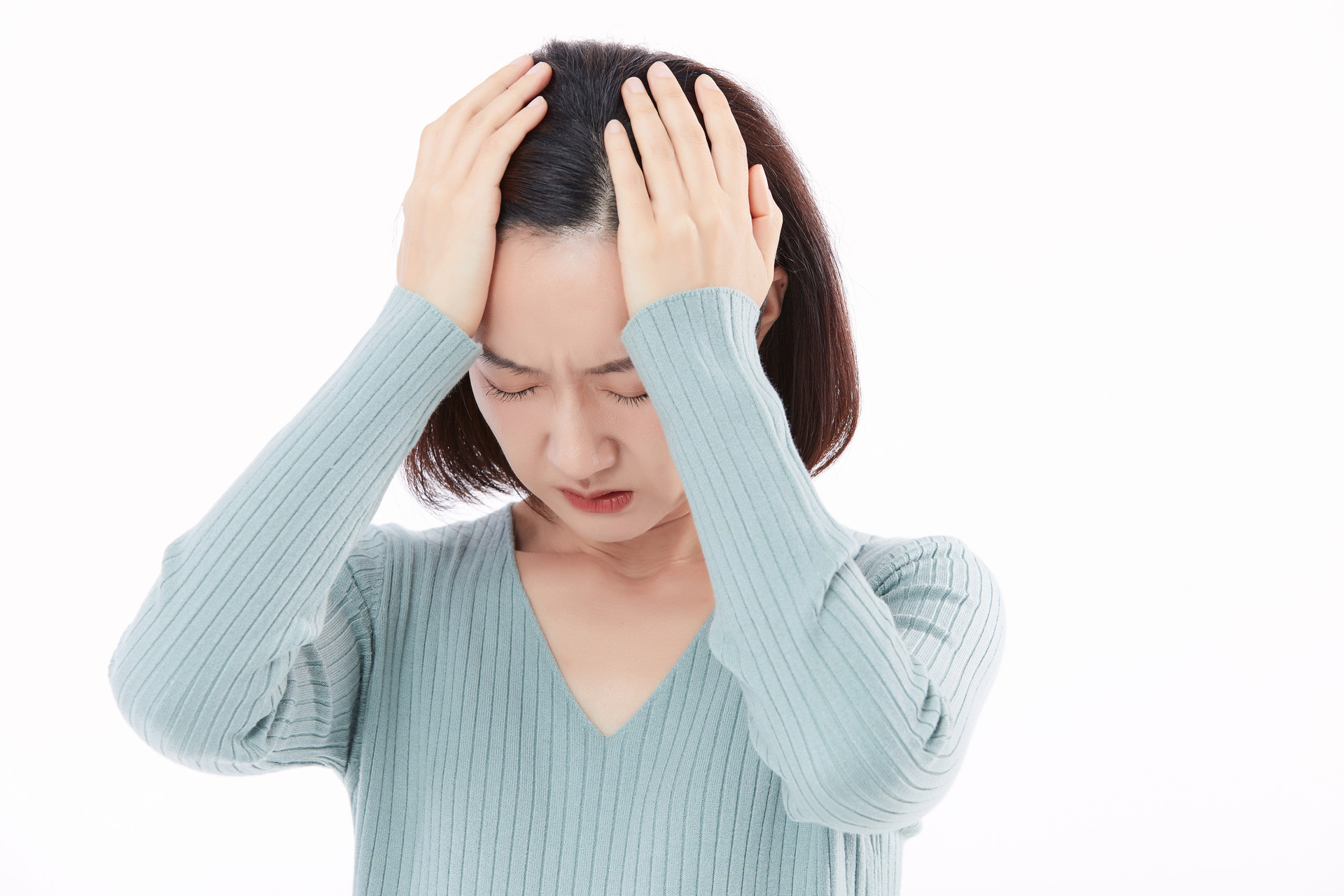 8 Chinese Medicinal Herbs for Effective and Natural Weight Loss
8 Chinese Medicinal Herbs for Effective and Natural Weight LossIn our daily lives, weight loss has become an essential part for many women, and there are countless methods for losing weight. Nowadays, traditional Chinese medicine for weight loss has also become
April 14, 2024 -
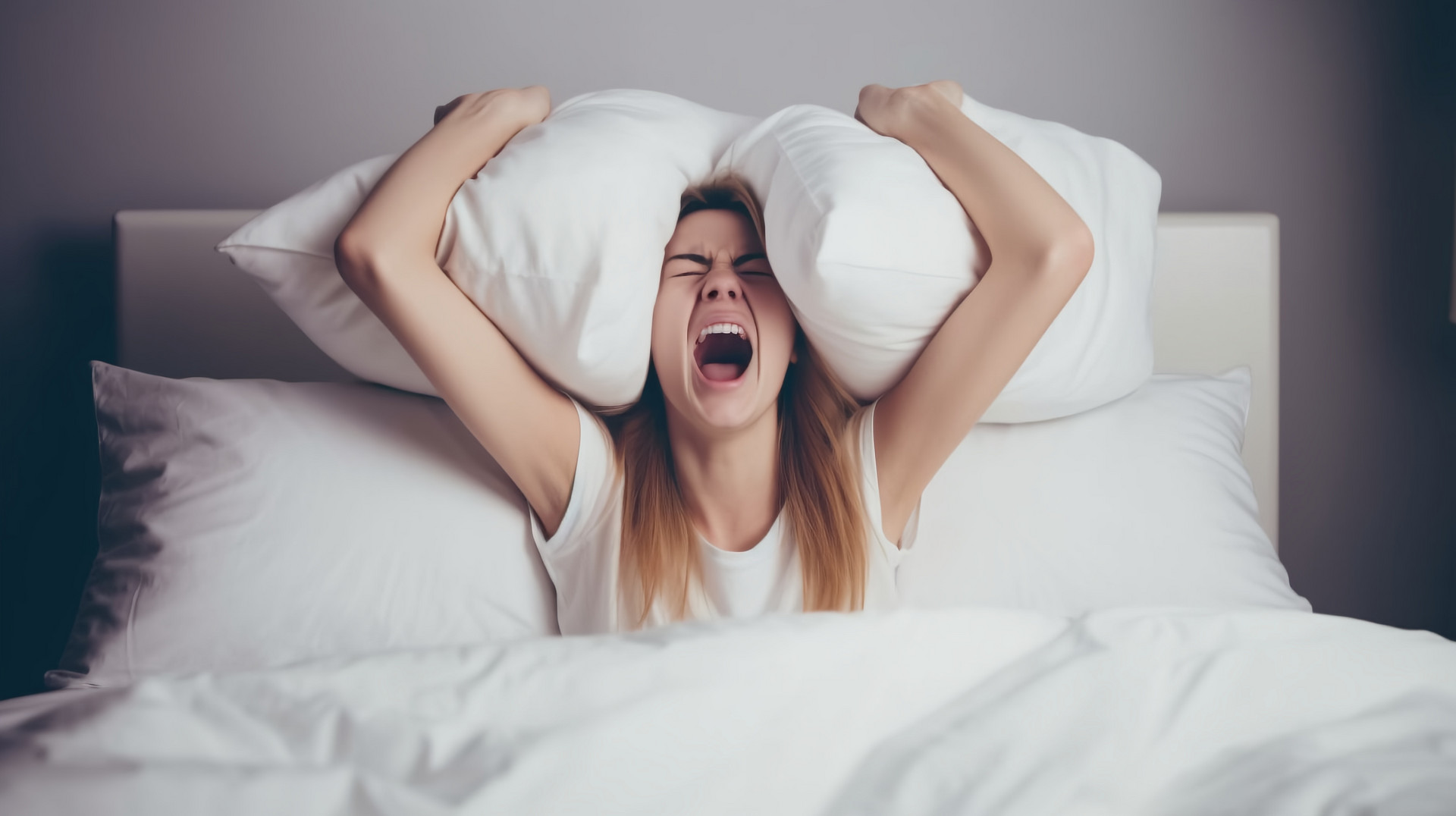 The Importance of Avoiding Certain Foods for Babies Under One Year Old
The Importance of Avoiding Certain Foods for Babies Under One Year OldHoney is a good thing, and good things should be shared with the people we love the most. However, honey is not only not beneficial for babies under one year old, but it can also cause poisoning. Why
March 11, 2024 -
 Choosing and Caring for Facial Cleansing Tools: The Key to Healthy Skin
Choosing and Caring for Facial Cleansing Tools: The Key to Healthy SkinWashing your face involves multiple steps and, of course, requires multiple tools. Do not overlook the details because "a small leak will sink a great ship." Let's discuss the selection and precauti
February 27, 2024 -
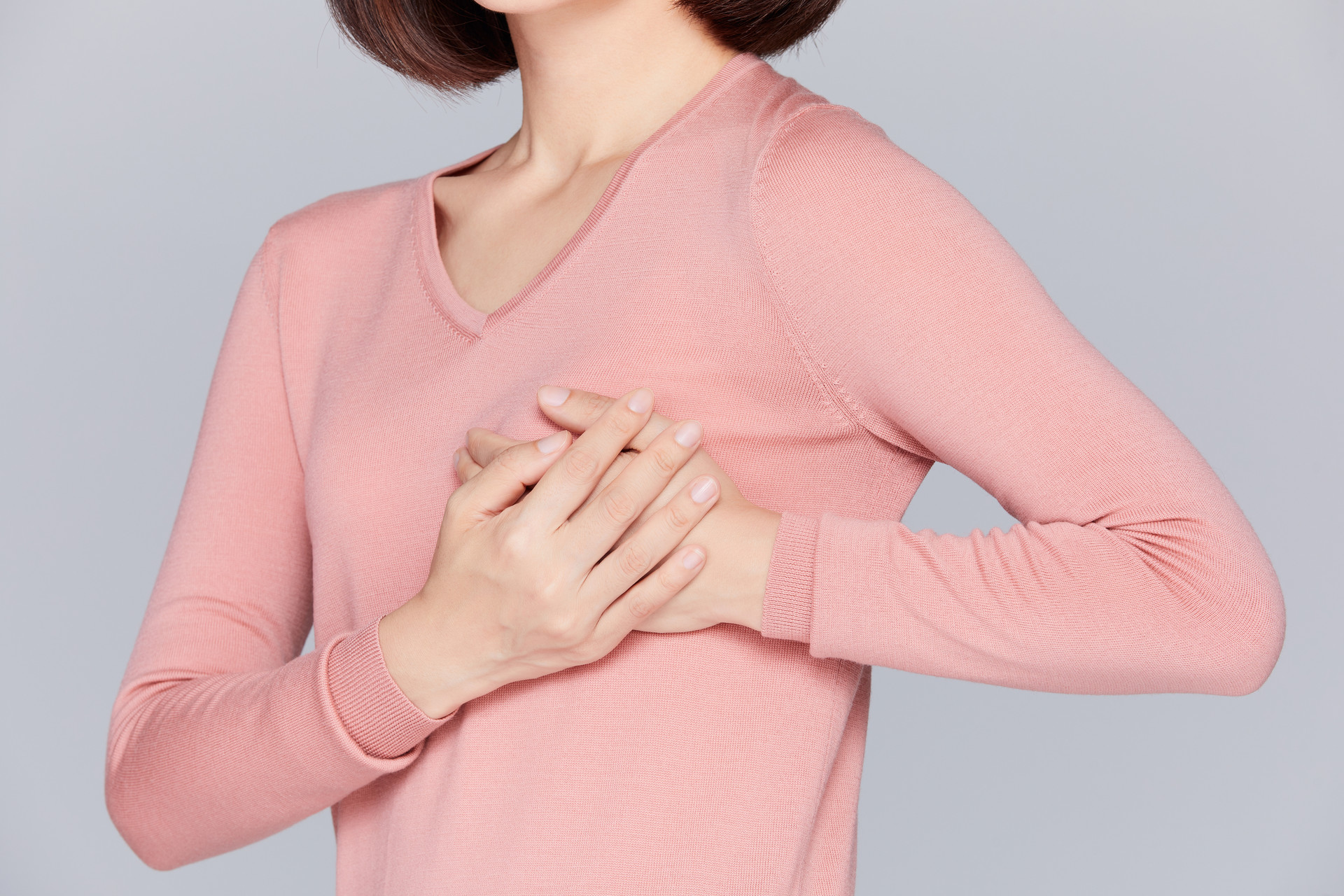 Foods to Avoid During Menstruation: Impact on Symptoms and Hormonal Balance
Foods to Avoid During Menstruation: Impact on Symptoms and Hormonal BalanceMany women experience symptoms such as lower abdominal heaviness, lower back pain, and fatigue during their menstrual period due to hormonal changes in their bodies. Sometimes, these discomforts can
February 15, 2024 -
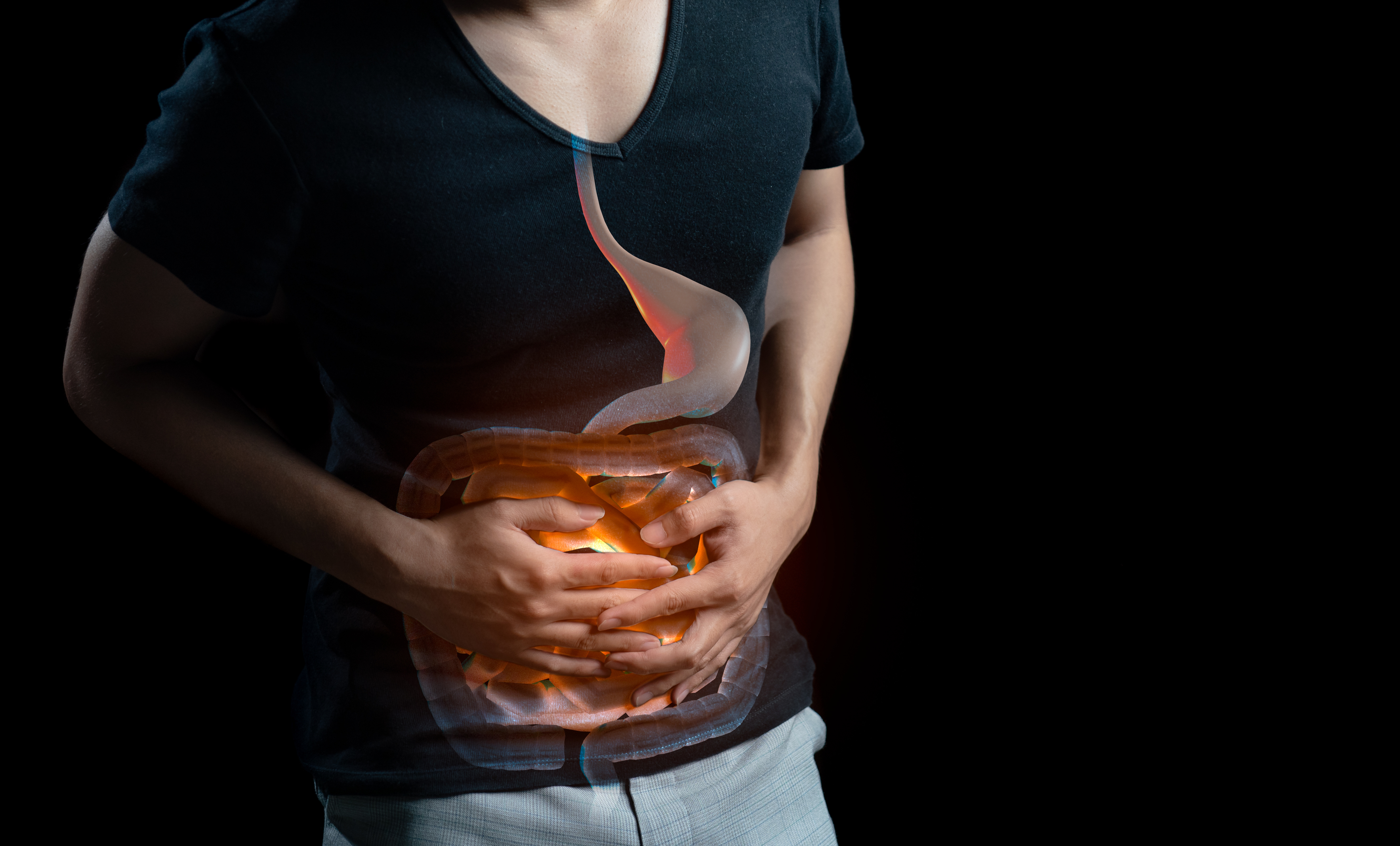 The Scientific Method to Eliminate Stubborn Blackheads
The Scientific Method to Eliminate Stubborn BlackheadsStubborn and recurrent blackheads can greatly affect one's external appearance. However, using excessive blackhead removal tricks is not the solution and can actually make the situation worse. It's b
February 4, 2024

Hot Picks
-
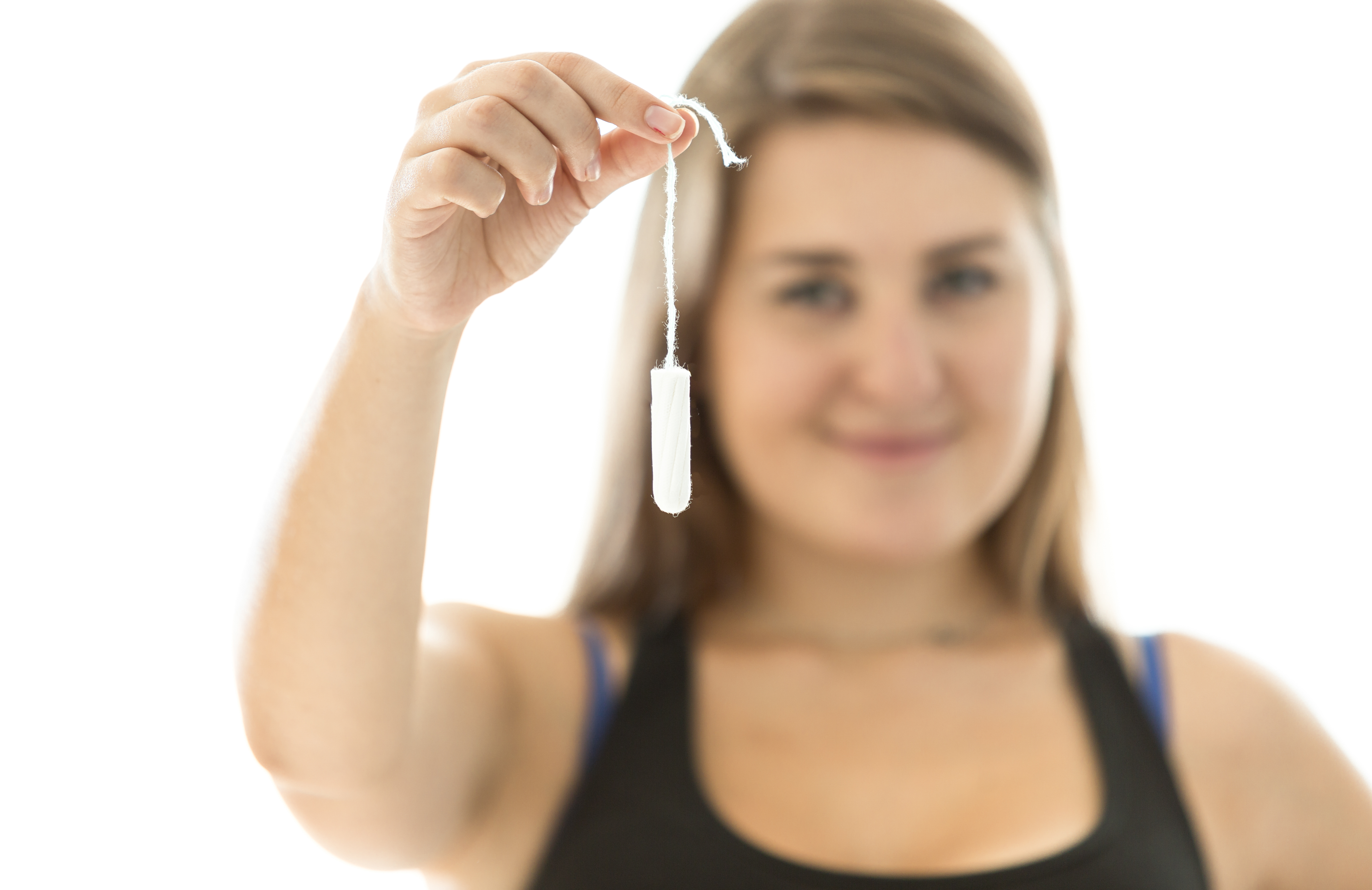 1Maintaining a Youthful Appearance: Tips to Slow Down Aging
1Maintaining a Youthful Appearance: Tips to Slow Down AgingSame age but different appearances, have you ever envied others? Don't worry, I will teach you some methods to maintain a beautiful appearance. Here are some specific recommendations: M
March 8, 2024 -
 2Maintaining Youthful Appearance: The Importance of Internal Care for Women
2Maintaining Youthful Appearance: The Importance of Internal Care for WomenAging is related to weakened qi and blood, as well as the decline of organ function. Many women hope to maintain a youthful appearance, so they rush to buy cosmetics from major brands. While suitab
February 17, 2024 -
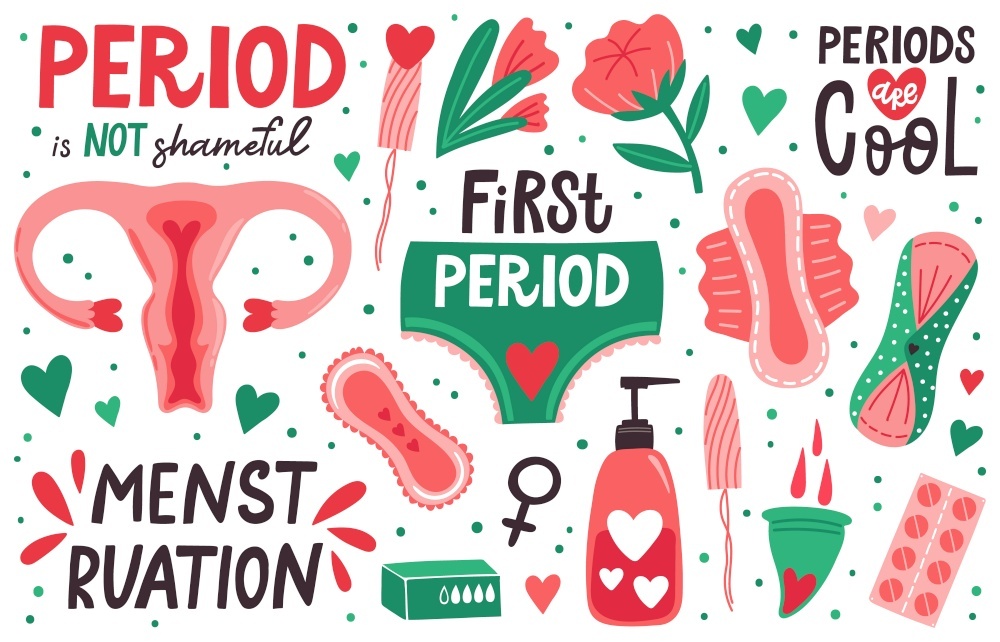 3Maintaining Uterus Health: After-effects of Removal and Foods for Protection
3Maintaining Uterus Health: After-effects of Removal and Foods for ProtectionAs a woman in daily life, it is necessary to pay attention to the health of the body. Health starts with the maintenance of the uterus. The uterus is not only the place where the fetus is conceived,
February 16, 2024 -
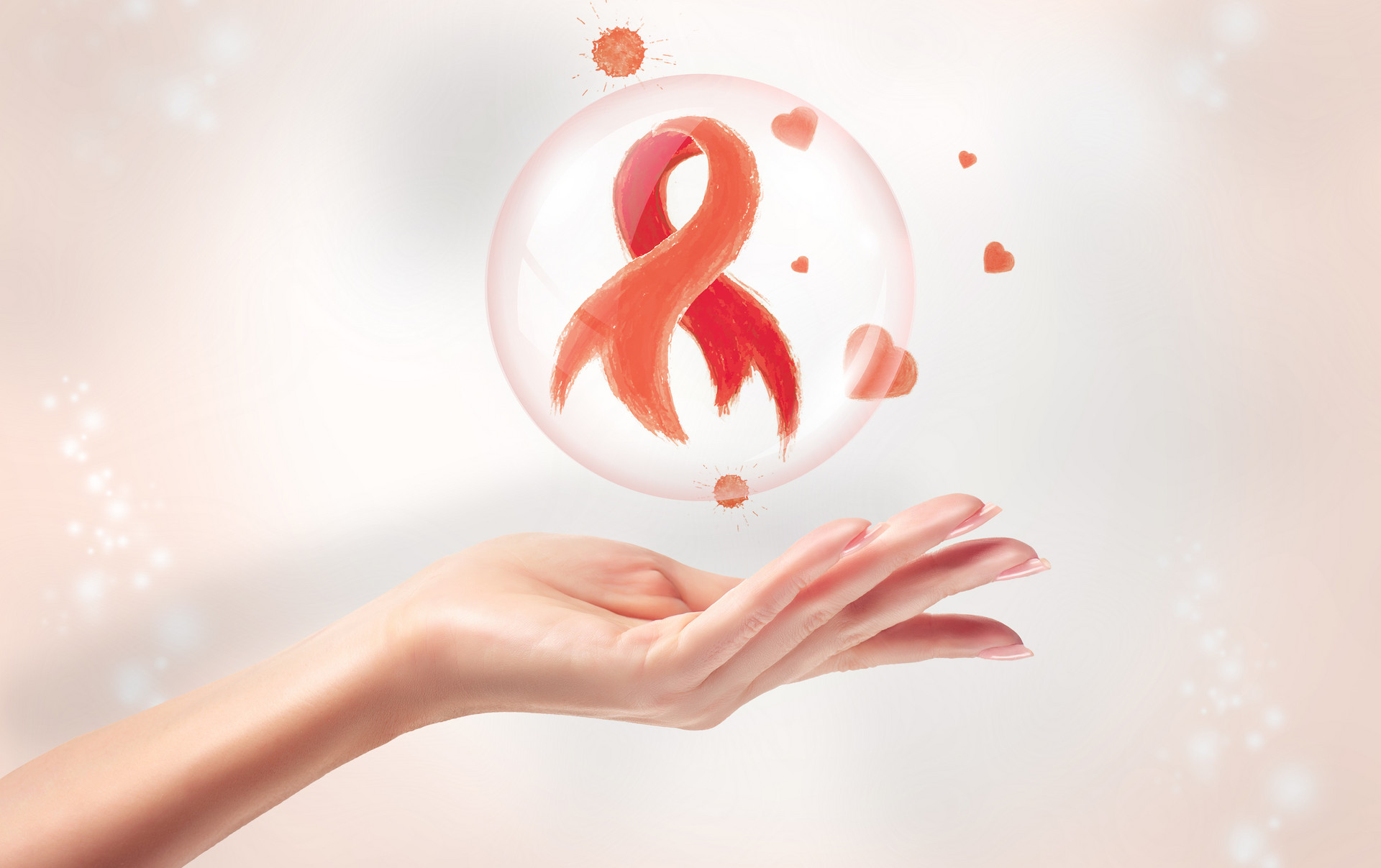 4Simple Home Detoxification Exercises for Women
4Simple Home Detoxification Exercises for WomenWomen friends don't necessarily need to take time out to go to the gym for exercise. To adopt exercise detoxification, persistence is key. Therefore, some simple exercise methods can be done at home
February 4, 2024 -
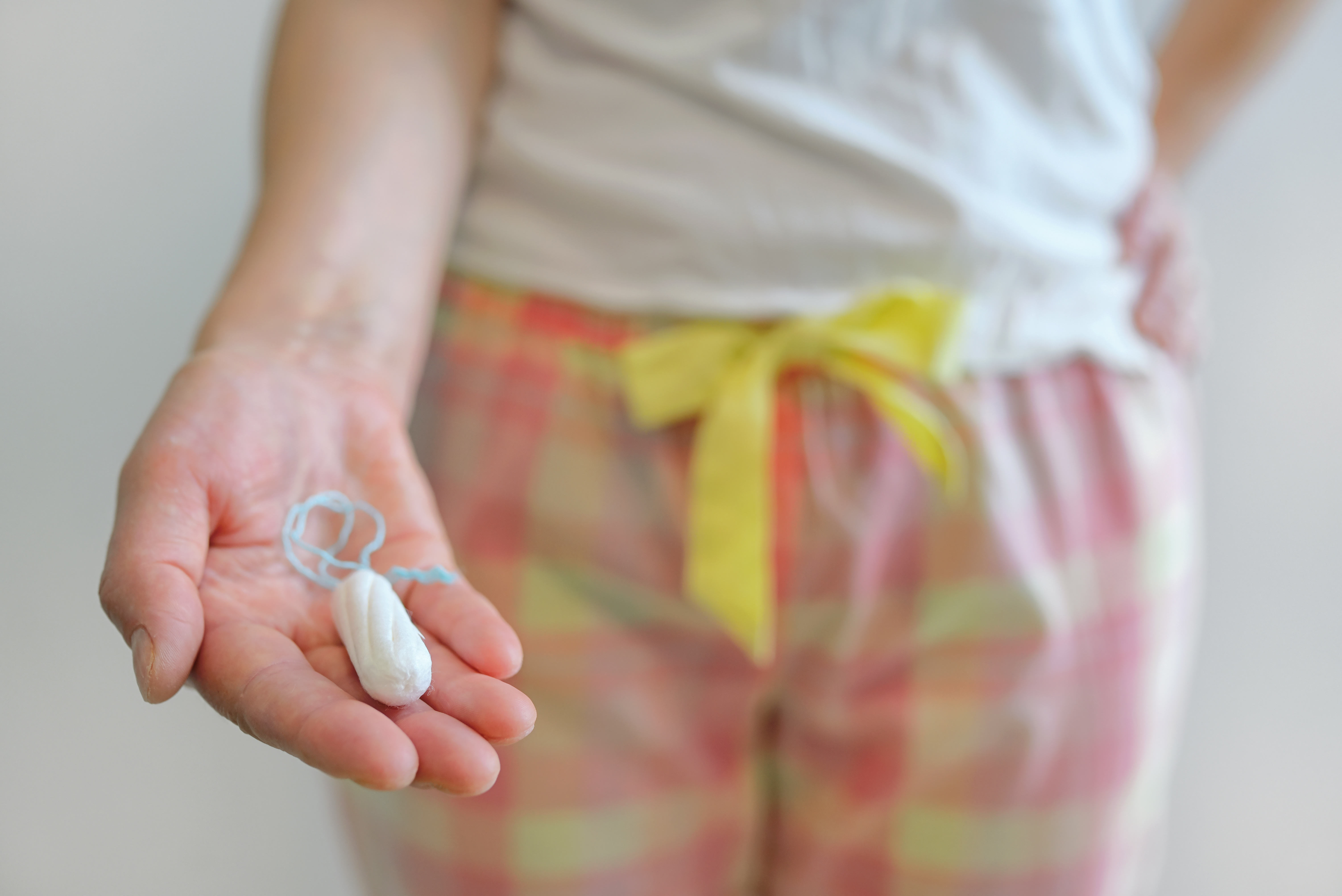 5Understanding Female Mania: Causes, Symptoms, and Treatment Methods
5Understanding Female Mania: Causes, Symptoms, and Treatment MethodsWhat are the symptoms of female mania? Learn about the treatment methods for mania from experts! With the rapid development of society, people's living standards are constantly improving. Along wi
February 4, 2024

